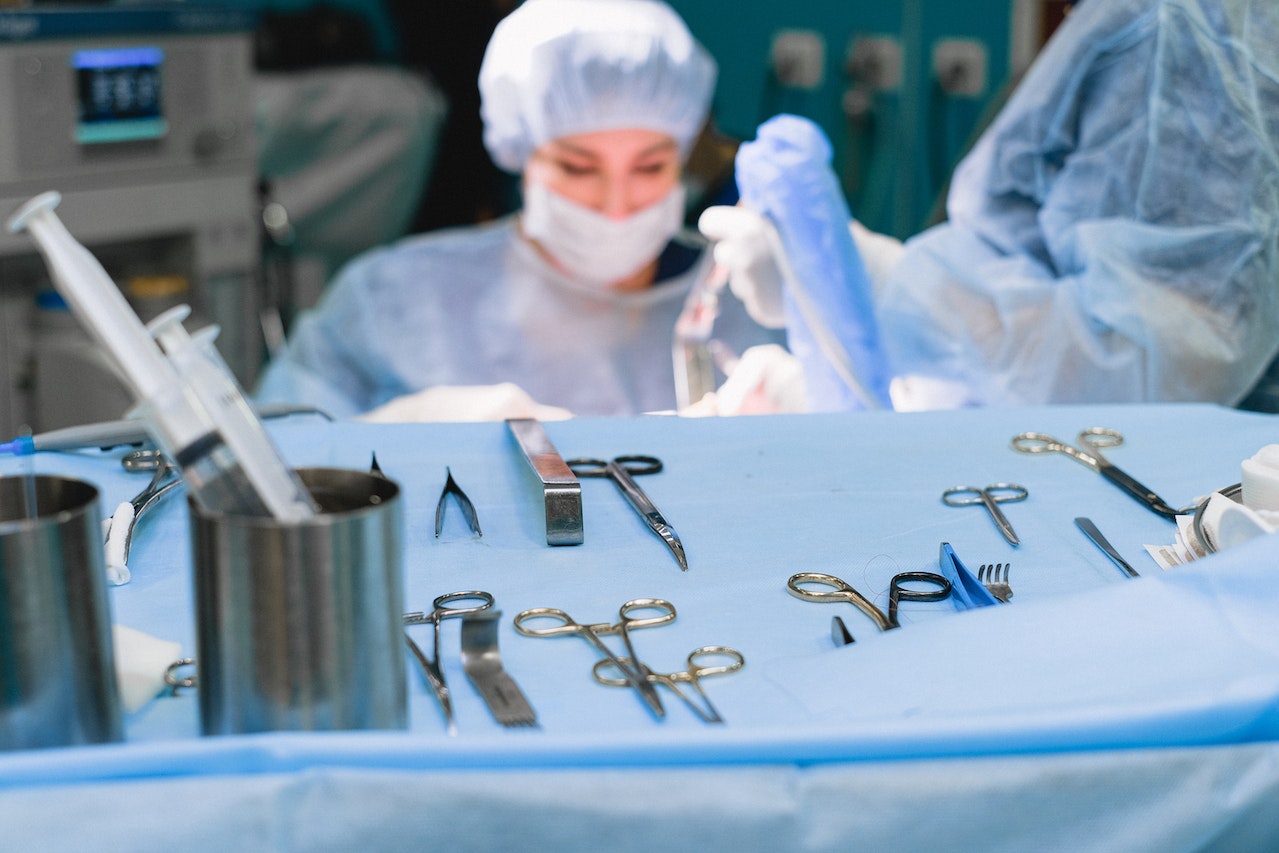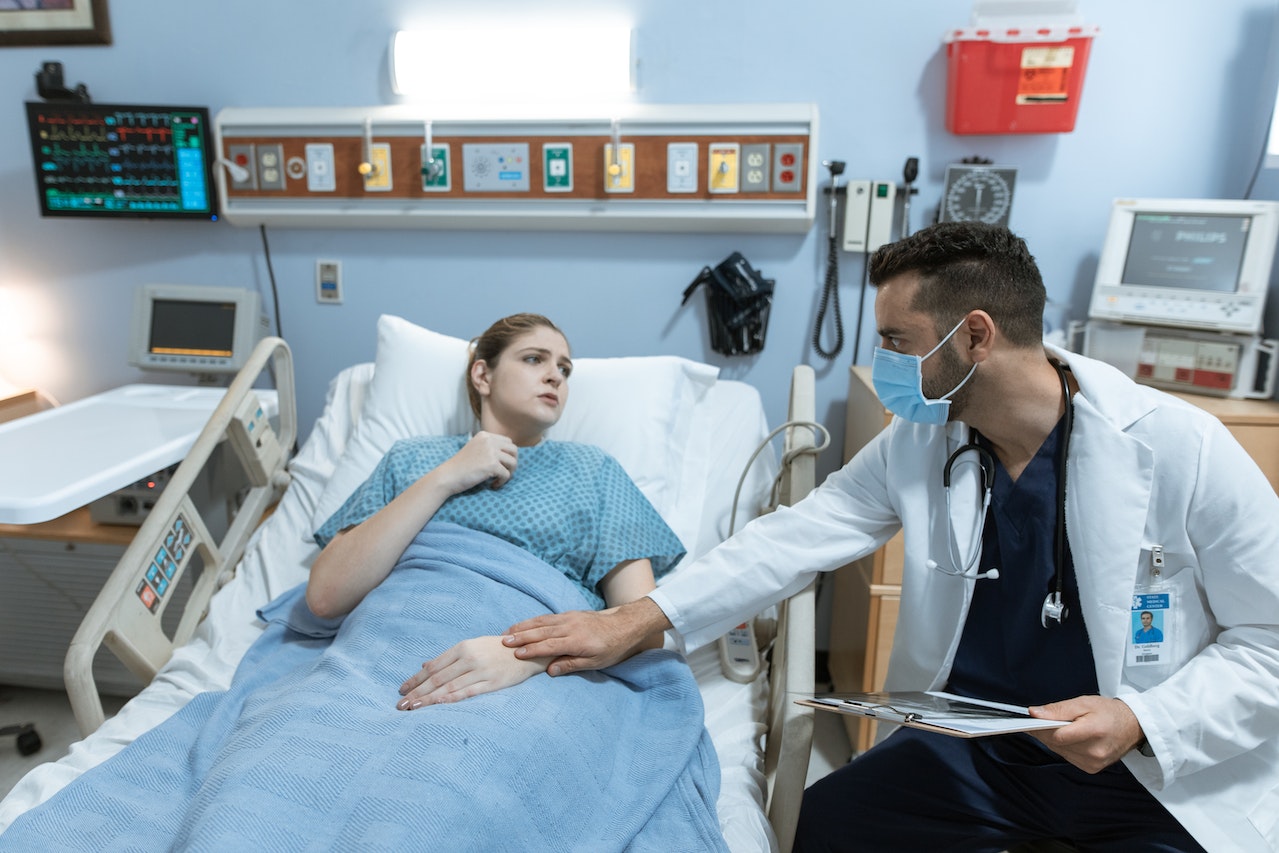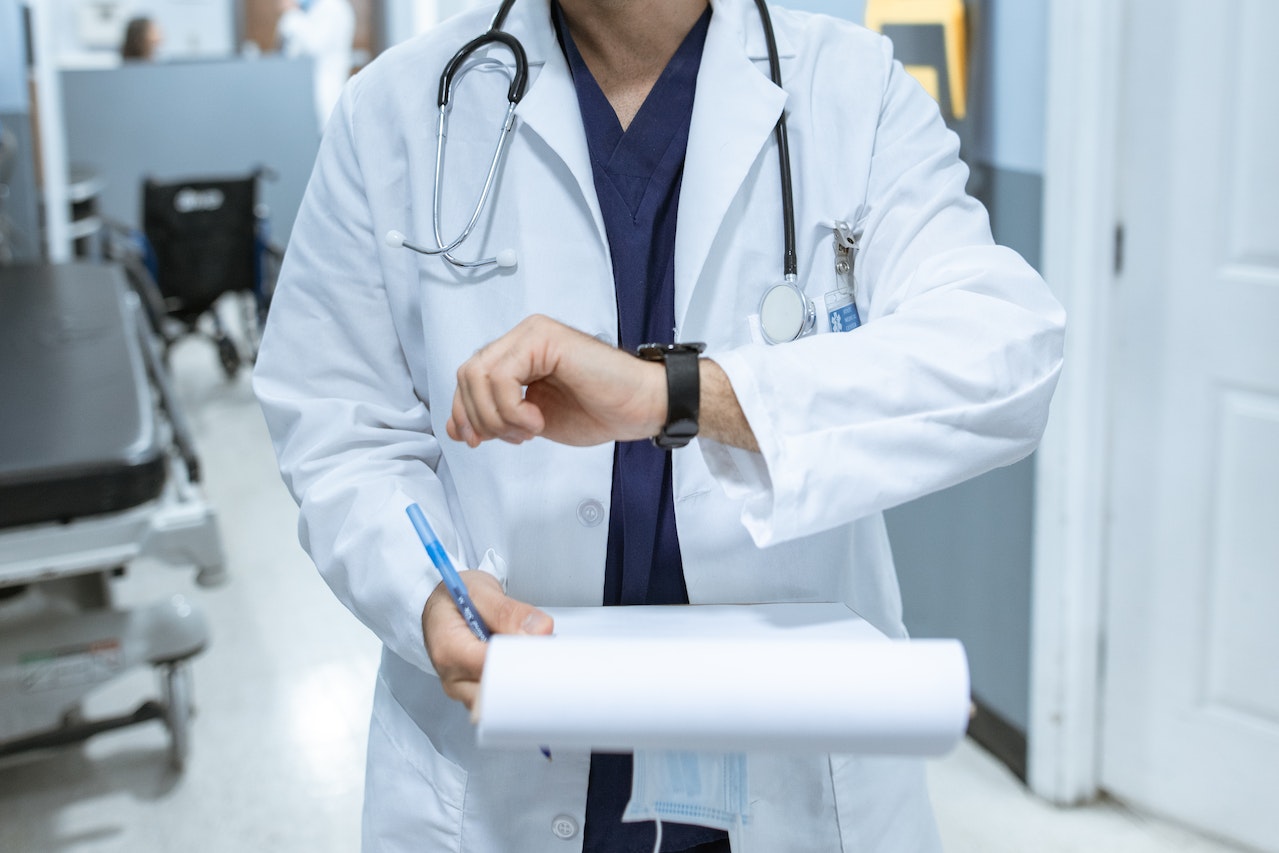Comments
- No comments found

Biofilm has been a sticky thorn in the medical industry’s side for ages.
However, surgical equipment cleaning can only ensure biofilm-free instruments if medical professionals utilise the latest in science and technology.
A biofilm is a collection of microorganisms. It produces organic polymers — extracellular polymeric substances (EPS) — to keep environmental threats out. The material makes it stick to a surface to protect itself while replicating. It quickly grows, forms microcolonies and tries to spread.
Biofilm often attaches itself to surgical instruments, sticking to their surfaces with a glue-like consistency. It’s not the most appealing visual, but it’s accurate. While it may seem harmless to someone who doesn’t know any better, it has posed a significant issue for the medical industry. In fact, they contribute to millions of deaths every year.
Once it’s on equipment, it’s challenging to get it off. It’s resistant to most antibiofilm treatments, making it almost impossible to handle. Usually, medical facilities resort to simply replacing contaminated instruments because it’s more efficient.

Biofilm’s role in surgical equipment cleaning revolves around its stubborn nature. It’s challenging to get rid of and can significantly impact a patient’s health and a facility’s budget — an unpleasant combination.
Once biofilms form, they can:
Damage surgical equipment: When lingering contaminants remain on a surgical instrument, they erode its surface and make it unsafe to use. Making an incision with a dull blade isn’t pleasant for patients and can damage tissue.
Increase mortality rates: Surgeons risk passing infections on to patients when they operate with contaminated equipment, significantly increasing the chance of post-op issues and raising mortality rates.
Spread to other instruments: Since biofilms live to replicate, they spread at the first chance they get. It’s extremely difficult to remove them, creating a cascading issue for medical facilities.
Cause chronic diseases: The EPS often contains pathogenic microorganisms. They can cause a whole range of chronic diseases once they come into contact with patients.
The cleaning process must ensure biofilm-free instruments because biofilm has significant real-world impacts. Since treating it with antibiotics is nearly impossible, anyone it infects could become dangerously ill. As a result, researchers and medical professionals have had to get creative to find solutions.
Biofilm forms on surgical equipment due to improper handling, storage or cleaning. For example, you could pass microorganisms onto an instrument if you touched it with your bare hands after sanitising it. Contaminated tap water is another common source because you must disinfect everything in a water-based chemical solution after surgery.
Even simply storing a contaminated instrument too close to others can have a domino effect. While biofilm is visible in the later stages, it isn’t always apparent at first. Since it can hide from view for a while, improper care could make the problem grow exponentially.
Not all biofilms are created equally — they replicate and spread at different rates. Anything from fungi to bacteria could hide inside the EPS. However, all kinds are highly resistant to antibiotics and traditional treatments.
The same concept goes for surgical instrument cleaning, too. Tools with odd shapes are much more likely to remain contaminated. For instance, medical forceps have serrated jaws, grooved ratchets and a hinge connecting the two sides — perfect places for microorganisms to hide.

While biofilms are notoriously difficult to eliminate, there are multiple ways to prevent them from forming and get rid of them once they appear.
Since biofilm is a significant issue, medical professionals have quickly taken action and found promising resolutions. For example, they found silver nanoparticles have anti-biofilm properties that could weaken it. This ingenious approach targets the microorganisms instead of the EPS, giving them a higher chance of success.
You can put various chemical treatments on surgical instruments to reduce the chances of biofilm formation. If they slide off instead of sticking, they can’t replicate or spread. Solving the problem before it ever begins is a pretty wise approach to an antibiotic-resistant contaminant.
A medical facility is no stranger to new technology. For example, several have begun using sanitisation robots for surgical equipment cleaning. It helps them ensure biofilm-free instruments because the robots limit human contact and cross-contamination. Plus, it automates the cleaning process so professionals can spend longer ensuring their equipment is sanitary.
You could also use robots to remotely operate on patients. Although they don’t deal directly with the sanitisation process, they still play a big role in keeping the equipment clean — minimal human contact means fewer chances for microorganism contamination.
Since staff can inadvertently cause biofilm to form, it’s best if medical facilities routinely retrain them. Surgical equipment cleaning often relies on the manufacturer’s instructions for use (IFU), so they should familiarise themselves with it to ensure they do everything correctly.
An enzymatic soak helps break down contaminated microorganisms and makes surgical instrument cleaning much more manageable. It’s similar to how leaving dishes in the sink overnight breaks down stubborn food residue. The key difference is they’re doing it for sanitisation, whereas regular people do it to avoid hand-washing their pots and pans.
Afterwards, staff proceeds with manual brushing before moving on to autoclave sterilisation. They should regularly cover the specifics of these processes and subsequent storage procedures to keep up to date. Routine audits can help with compliance and help them find any issues.
The manufacturer’s instructions for use (IFU) are like the how-to pamphlet inside a product’s packaging. They explain care instructions, detailing the surgical equipment cleaning process. It’s helpful for complex or unique tools and ensures you get biofilm-free instruments. However, there’s room for improvement.
According to the Association of periOperative Registered Nurses annual guidelines, manufacturers should simplify their IFUs because they’re too complex. While science and medicine have rapidly advanced, human brains can only adjust so fast. Plus, you know you need to reevaluate when someone tells you your text is too convoluted for actual surgeons to comprehend.
If hospitals overhaul and regularly audit their surgical instrument cleaning process, they can win the fight against EPS. Using the latest advancements in science, technology and medicine, they can protect their patients and ensure their equipment remains biofilm-free.
Emily Newton is the Editor-in-Chief of Revolutionized. She is a science and technology journalist with over three years covering industry trends and research.
Leave your comments
Post comment as a guest